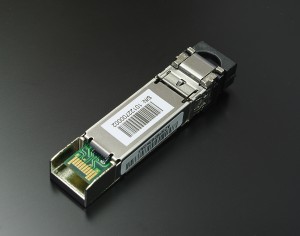Since I’m working in the IT business for quite some time and especially have been focusing on the storage side of the fence I’d thought I’d put my knowledge to the test and try to get some personal satisfaction (if I’d succeeded that is). I’ve never been a huge fan of vendor certifications to be honest but that is most likely due to the fact that some vendor certifications used to be too over-rated. I can recall the Microsoft Certified System Engineer track which, back then in the late 90’s and early 2000, was a certificate that was on the “to-have” list of every engineer simply because you almost certainly got short-listed on every job-application out there but certainly not due to the level of knowledge you needed to have of pass these tests. I had quite a few of these guys who spent 2 weeks on a crash-course boot-camp and passed the MCSE exam who really fell from a cliff as soon as I let them administer a 500 server and 2000 client windows NT/2000/2003 environment (back then this was a fairly beefy environment, nowadays it’s pretty common to have this in SMB environments as well.) The MCSE “New Style” has completely replaced the old certification path and you need some deep knowledge and a fair couple of years with your feet on the data-centre floor before you’ll be able to pass the tests.
Let me make one thing very clear:
If you haven’t worked in an environment with equipment, software, procedures and policies your are trying to obtain a certificate for, your accreditation is useless.






